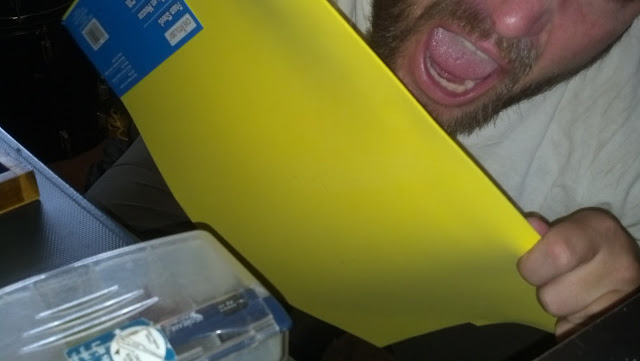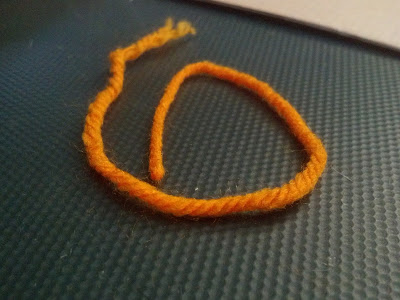Every single bridge I drive over and every thread of water in my sight gets a look. You might be surprised where you can find fish and often trout.
I have had an exceptional bit of luck lately and have gotten to fish a lot. Really it comes from the fact that I have been working for a family member. He lives near a series of ponds, canals, and creeks. I have driven by all these waters numerous times and it wasn't until only recently did I really see their potential.
Example #1. I have been driving by a pond on my way to do some work. In my area almost all ponds are on private property so I just assumed this was the case as well. At closer inspection I realized this pond was fed by a irrigation canal and was actually a retention pond for the water. This means it is actually county land. No trespassing signs are absent and no barbed wire fences. FISHING A GO!!! I instantly got the vibe that this pond rarely gets fished. I didn't see any left over line, lures, weights, etc. but, I did see a lot of bluegill and some HUGE bass. So far fishing has been good and looking to explore it more.
Example #2 Further down the road in a larger canal I found some very large brown trout. Wait what? Ya some very healthy browns in irrigation canal (btw these are in the California foothills, not scuzy lowland carp canals). Even better when I peered over the side I saw the browns feeding on the surface. So far they are all in the 12" range. At first I felt like this place was a little crappy and without the romantic nature of most creeks and while that is true it has many positives. First big browns, second this water is clear and clean, next the high sides of the canal are actually a lot like a meadow stream, also these fish are wild pretty sure DFG is not planting browns much less in irrigation canals and lastly this place is on my way home. It gives me a chance to practice casting to very skittish fish with drys.
Example #3 There is a pond near a business park that looked prime for bluegill so I thought I would check it out. While there was a lack of No Trespassing signs I still didn't feel comfortable fishing with a lot of people driving in and out of the gate. This pond empties out under a small road then forms a pool before becoming a very shallow very narrow creek. Right away I saw bluegills in the pool and with a few casts with the Tenkara I had some to hand.
So as I am casting around a bit I see some more slender looking fish in the pool. Knowing this is more a warm water sort of scenario I just assume they are bass or pike minnows. NOPE, sure enough in this one exclusive pool on a tiny creek there are wild trout. I wish I could have snapped a picture but, I was so enamored that I had found trout in such an unlikely place I quickly placed him back in the pool since I formed a deep bond with this little survivor very quickly. Wild finds like that are rare and special so I don't plan on targeting the trout again any time soon.
So what the hell does any of this have to do with a DIY blog? WELL it goes to show how some actually poking around in the places you live may yield some rather incredible results. I truly had to do this one myself. I have spent a lot of time online looking any information on these bodies of water and the quick answer is I have found a lot of nothing. Looking at these waters on maps and Google earth doesn't even look promising. But, without a guide, book, internet forum, fishy whisper or any other info I found some great little spots to get my fish fix.
So my point is never underestimate any body of water especially close to home. Trust your fishy instincts and pull over where it is legal and peer over the guardrail hopefully you will see some tails.
Tightlines!!


















